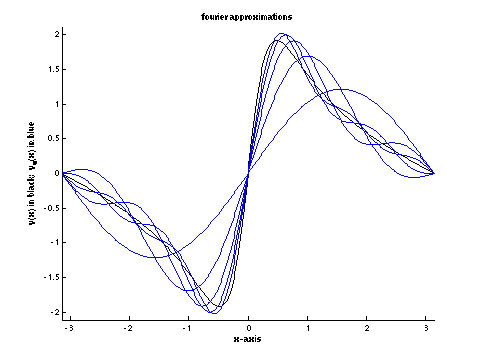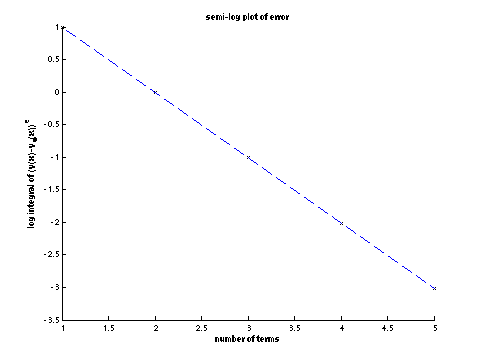

In this fourth-year course, the lectures will invoke aspects of both rigorous analysis and elementary numerical computing. Computer visualization will be an important accompaniment to the lectures and assigned work. The rudiments of numerical computing and graphics will be introduced through the use and modification of downloadable Matlab scripts.
Prerequisites are linear algebra (MATH 232) and analysis (MATH 320). Background familiarity with elementary differential equations (MATH 310 & 314), complex variables (MATH 322), numerical analysis (MATH 316) and Matlab computing are advantageous, but not essential. Consult instructor for more specific information.

 first lecture: monday 02 may
first lecture: monday 02 may
 syllabus
syllabus  student info sheet (bring to class)
student info sheet (bring to class)  guidelines for reports
guidelines for reports
 hw00.pdf, assignment 0, updated thursday 05 may
hw00.pdf, assignment 0, updated thursday 05 may w01plot.m, first matlab script
w01plot.m, first matlab script


 textbook (publisher link)
textbook (publisher link) secondary reference (publisher link)
secondary reference (publisher link)
 math 419 (department link), course outline supercedes calendar description
math 419 (department link), course outline supercedes calendar description
 class times & locations:
class times & locations:

 singular value decomposition & image reduction
singular value decomposition & image reduction top ten numerical algorithms
top ten numerical algorithms linear algebra e-text
linear algebra e-text
